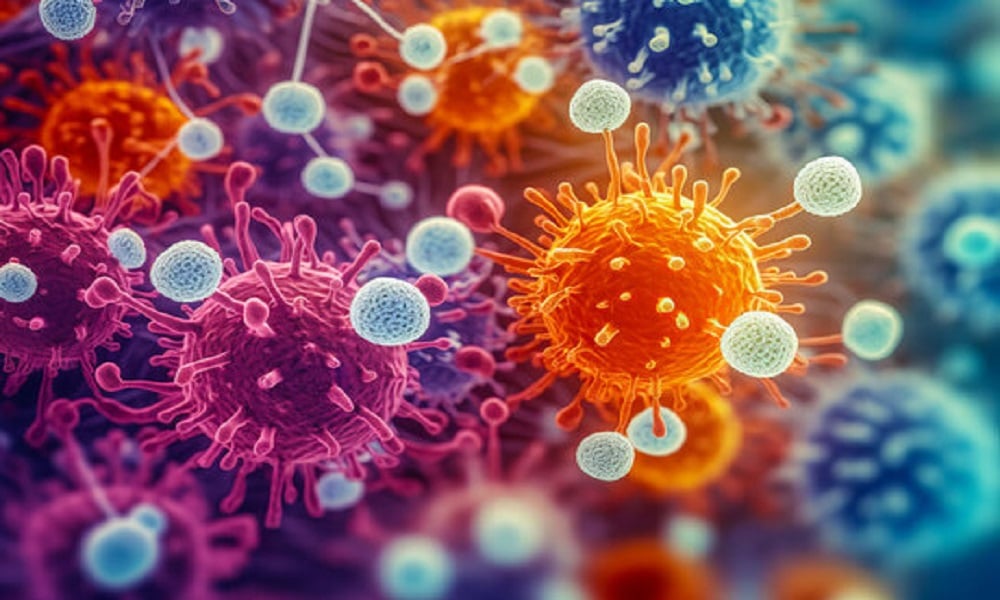When we get a cut or wound on our body, it often feels hot and painful. These sensations are actually part of our body’s natural defense mechanisms. If we don’t take care of the wound properly, harmful germs can enter through the open skin, potentially causing infections.

Histamine is a key player in our body’s immune system. When we have a cut, our body releases histamine to help fight off these invading germs. Think of histamine as a shield that our body uses to protect itself.
When an injury occurs, the blood vessels in the surrounding area expand, allowing more blood to flow into the wounded area. This increased blood flow helps deliver white blood cells to the site of the injury. White blood cells are like the foot soldiers of our immune system, and they play a crucial role in defending our body against diseases and infections.
As a result of this increased blood flow, the wounded area may feel warm to the touch. This warmth is a natural response and serves as a barrier to prevent germs from spreading further into our body. So, in a way, the heat is a sign that our body is actively fighting off potential invaders.
Now, let’s talk about pain. When you feel pain around a wound, don’t be alarmed. Pain is just another way our body communicates with us. It’s a signal that something isn’t quite right and that we need to take care of the injured area. So, in a sense, pain is our body’s way of saying, “Hey, pay attention here!”
Interestingly, the inner lining of our blood vessels, called the endothelium, releases a special chemical to assist in the battle against germs. This chemical makes it easier and faster for white blood cells to reach the injured area. It’s like a call to action, summoning our immune cells to the scene.
Additionally, the endothelium forms a sort of protective wall around the wound. This barrier acts like a fortress, preventing germs from spreading beyond the injury site. It’s a crucial defense mechanism that helps contain the threat.
One of the immune system’s heavy hitters is phagocytosis. This process involves white blood cells engulfing and digesting microbes, essentially gobbling them up. Phagocytosis is a superhero in the fight against infection, and it works tirelessly to keep us safe.
As the battle rages on, a mesh of fibers forms around the wound. Think of it as a sturdy wall that germs can’t penetrate. Phagocytosis continues its work, destroying microbes and maintaining the protective barrier.
Over time, as more and more cells are engaged in this defense, pus may form at the wound site. Pus is essentially a collection of dead cells and remnants of the defeated germs. Eventually, this pus drains out of the body, signaling that the battle is won.
Leave a Reply